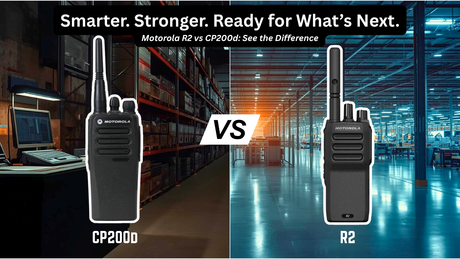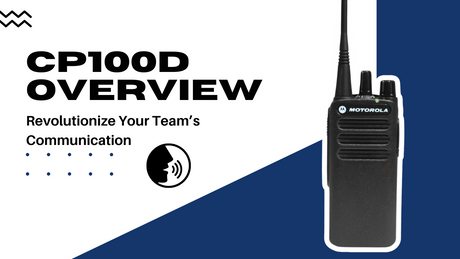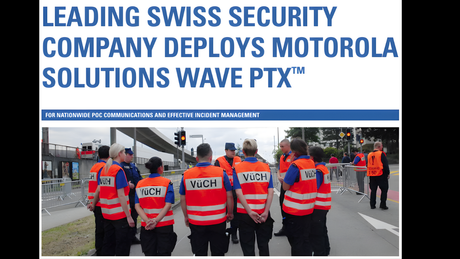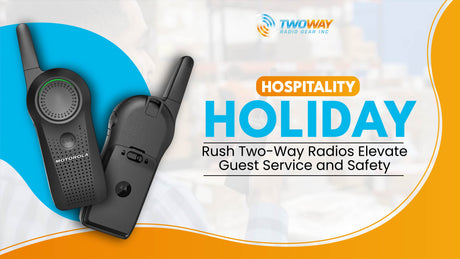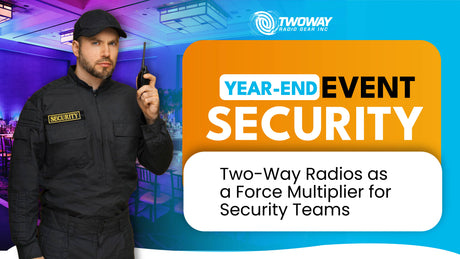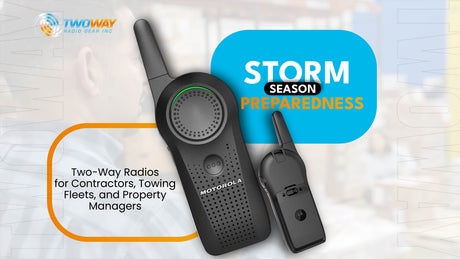Why Radios, Not Smartphones, Are the Backbone of Modern Infrastructure Projects
Smartphones fail where it matters most - on the jobsite. Discover why professional two-way radios are the communication backbone of today’s smartest infrastructure projects.
Read post
